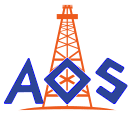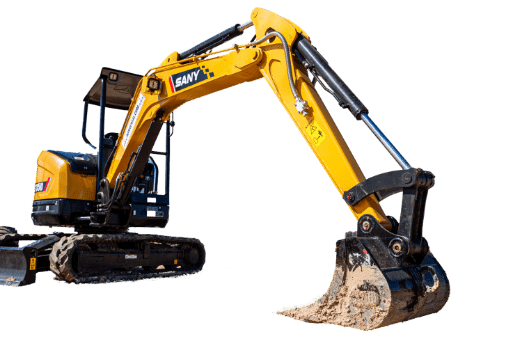Navigating the responsibilities of forklift operation means more than just transporting materials; it includes the crucial task of frequent inspections. The key question is, “How often should operators inspect their forklifts?” Regular forklift inspections, ideally daily, using a forklift inspection sheet, are essential for maintaining the machine’s optimal condition and ensuring safety.
This guide delves into the importance of these inspections, underscoring their role in sustaining forklift performance and safety. So grab your checklists and let’s dive deeper into the importance of frequent forklift inspections!
Why are Forklift Inspections Necessary?
Why should forklift inspections be at the top of your priority list? It’s simple: they are the cornerstone of safe operation and optimal efficiency of forklifts. Regular and thorough inspections are more than just a routine check, they’re a proactive approach to machinery maintenance.
By identifying issues early on, from fluid leaks to minor malfunctions, these inspections play a pivotal role in averting significant problems. This not only helps in avoiding costly repairs but also in extending the forklift’s operational lifespan. In essence, regular forklift inspections are the key to maintaining the machine’s reliability and ensuring a safe, efficient workplace.
How Often Should Forklifts Be Inspected?
Adhering to OSHA forklift inspection requirements provides a clear answer. OSHA mandates that forklifts undergo a thorough inspection at least once daily or before each shift in cases where they are operated continuously. This pre-shift inspection is not just a formality; it’s a critical step in ensuring the forklift’s safe and efficient operation.
For forklifts used less frequently, the rule of thumb is an inspection before each use. This task, ideally carried out by trained maintenance personnel, is vital for identifying any potential issues that could affect safety or performance. Regular inspections are more than just meeting compliance standards; they’re about fostering a culture of safety and diligence in the workplace.

The Nitty-Gritty of Forklift Inspections
The task of inspecting a forklift doesn’t have to be overwhelming. With a daily inspection routine and a detailed checklist in hand, what may seem daunting becomes a simple, yet crucial part of forklift maintenance.
Ensuring that your forklift is inspected regularly not only keeps it running smoothly but also upholds safety standards. This methodical approach transforms the inspection process into an efficient, manageable task, integral to the daily operations of a forklift.
The Inspection Process
Delving into the inspection process reveals a critical two-step routine vital for occupational safety. First comes the visual check, where operators inspect their forklift with a keen eye, assessing its physical condition for any signs of wear or damage. This stage is crucial in identifying any issues that might compromise the forklift’s integrity or safety.
Following this, the operational check takes the stage. Here, during daily inspections, operators test the forklift’s various systems and controls, ensuring everything functions as it should. This comprehensive approach, blending visual scrutiny with functional testing, is essential in maintaining the forklift’s safety and efficiency, ensuring it’s always ready for a productive day’s work.
The Forklift Inspection Checklist
The forklift inspection checklist serves as an indispensable guide, ensuring comprehensive checks are performed on a round-the-clock basis to uphold safety and efficiency. While OSHA rules don’t dictate the exact contents of the checklist, several key elements are universally crucial.
Motor-Off Checks:
- Examine for any hydraulic or battery leaks.
- Assess the condition and pressure of the tires.
- Inspect the condition of forks, top clip retaining pin and heel.
- Verify fluid levels, including battery charge and water/electrolyte levels.
Motor-On Checks:
- Test the accelerator linkage, parking brake, service brake, and steering operation.
- Evaluate tilt control, hoist and lowering control, drive control, and attachment control.
- Check the horn, lights, and alarms for proper functioning.
- Monitor the hour meter, battery discharge, and other instrument monitors.
These inspection sheets are more than mere checklists; they are the roadmap to maintaining forklifts in peak condition, ensuring they meet OSHA standards and operate safely every day.
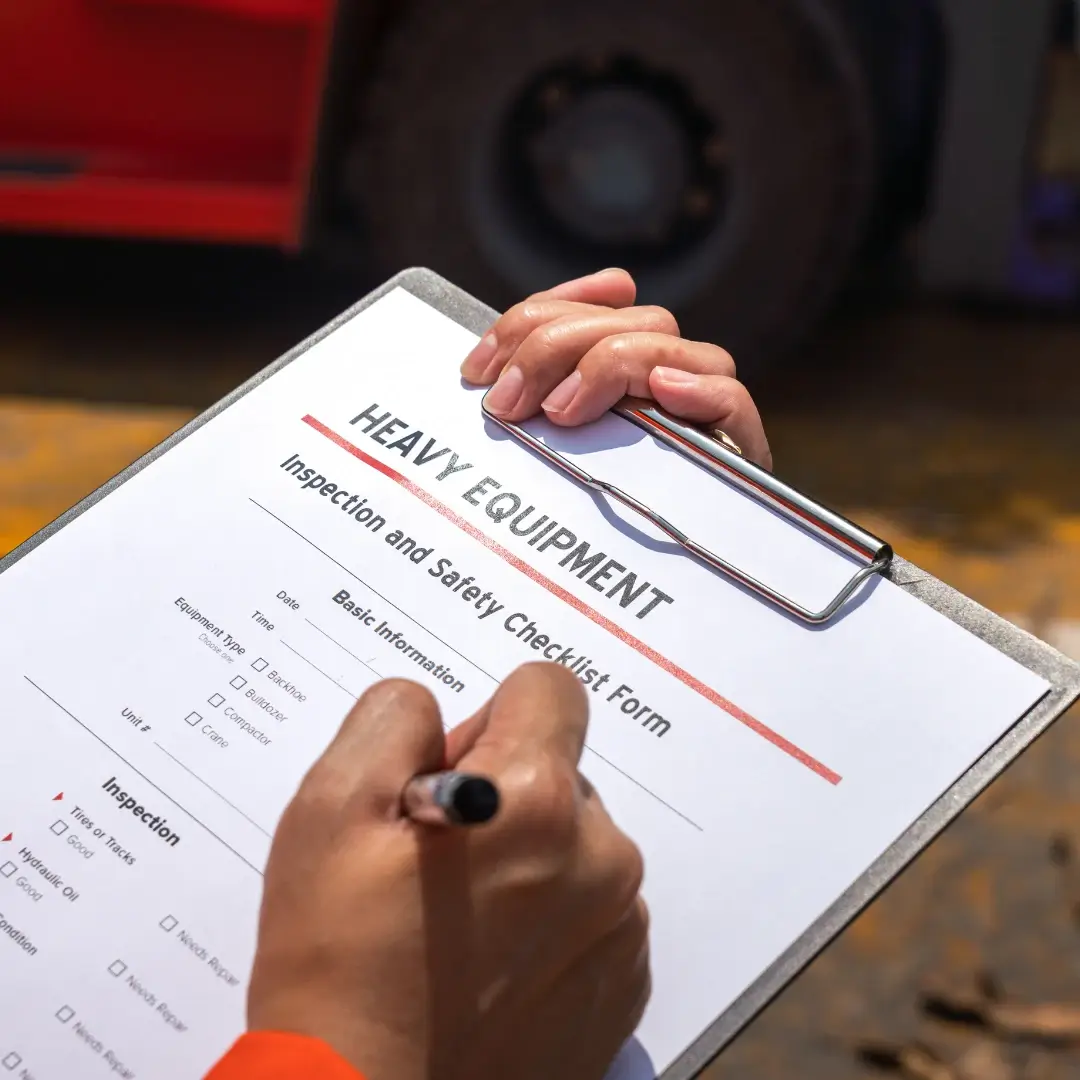
What Happens if There’s a Problem?
When conducting inspections, uncovering a problem shifts the focus to immediate action. If a malfunctioning forklift is identified, it’s crucial that a qualified forklift repair technician steps in to rectify the issue. It’s a non-negotiable rule that the forklift must not return to operation until these repairs are completed and verified. This proactive approach not only ensures the safety of the operators and others in the vicinity but also contributes to the longevity and reliability of the machinery. Addressing problems promptly and professionally is key to maintaining the seamless operation of your forklift fleet.
Servicing Your Forklift
Aside from regular inspections, forklifts also require servicing to maintain their optimal performance. Most forklift service experts and manufacturers recommend servicing the equipment every 200 hours of operation.
What Does Forklift Servicing Include?
A comprehensive forklift servicing session may include:
- A thorough inspection of components like lift controls, spark plugs, and rotors
- Changing the oil, oil filter, and air filter
- Adjusting the engine’s idle speed and ignition timing
- Lubricating all components and chassis
Forklift Safety Training
Forklift safety training goes beyond basic operation – it’s about equipping operators with the skills and knowledge they need to excel. Well-trained operators are essential for ensuring workplace safety. Part of this comprehensive training includes mastering the art of conducting forklift inspections. Operators learn not only how to handle the forklift but also how to maintain daily logs, a practice highly emphasized by OSHA. This training is not just a formality, it’s a critical aspect of fostering a safe, efficient, and OSHA-compliant working environment.
The Essentials of Forklift Inspection Mastery
Maintaining a forklift is a critical aspect of operating it. Regular inspections and servicing not only ensure the machinery’s efficiency but also contribute to the safety of the operators and those around them. So, if you’re an operator wondering, “How often should I inspect my forklift?”, remember that it’s a daily commitment, and the importance of this task cannot be understated.
If you’re looking for a reliable forklift rental service that ensures all machinery is well-maintained and regularly inspected, consider AOS Rentals. With a wide range of top-quality forklifts, we prioritize your safety and efficiency. Contact us today to learn more about our services.
